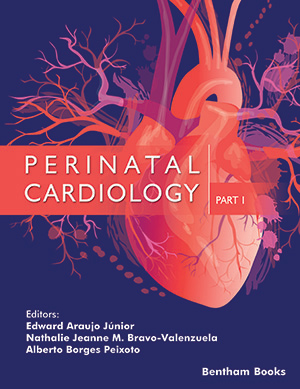Abstract
The placenta is a complex organ with a distinct characteristic, it receives blood supplies from maternal and fetal circulation, forming two distinct, yet connected, systems: the maternal-placental (uteroplacental) blood circulation and the fetalplacental (fetoplacental) blood circulation. In the past decades, there have been considerable advances in the understanding of human placental circulatory physiology. Placental circulation is established early in pregnancy and adequate placental circulation and perfusion ensure that the fetus obtains an adequate supply of oxygen and nutrients. Placental vascularization involves the interaction of several regulatory pathways. Pregnancy-associated uterine vascular adaptions are the basis of the regulation of the maternal placental flow rate. Hemodynamic and structural changes ensure a low placental vascular resistance and normal umbilical blood flow which is suitable to supply oxygen and substrates needed to the fetus. This chapter reviews the structure of the human placental circulation and its development.
Keywords: Fetal-maternal circulation, Placenta, Placentation, Vascular growth factors.






















